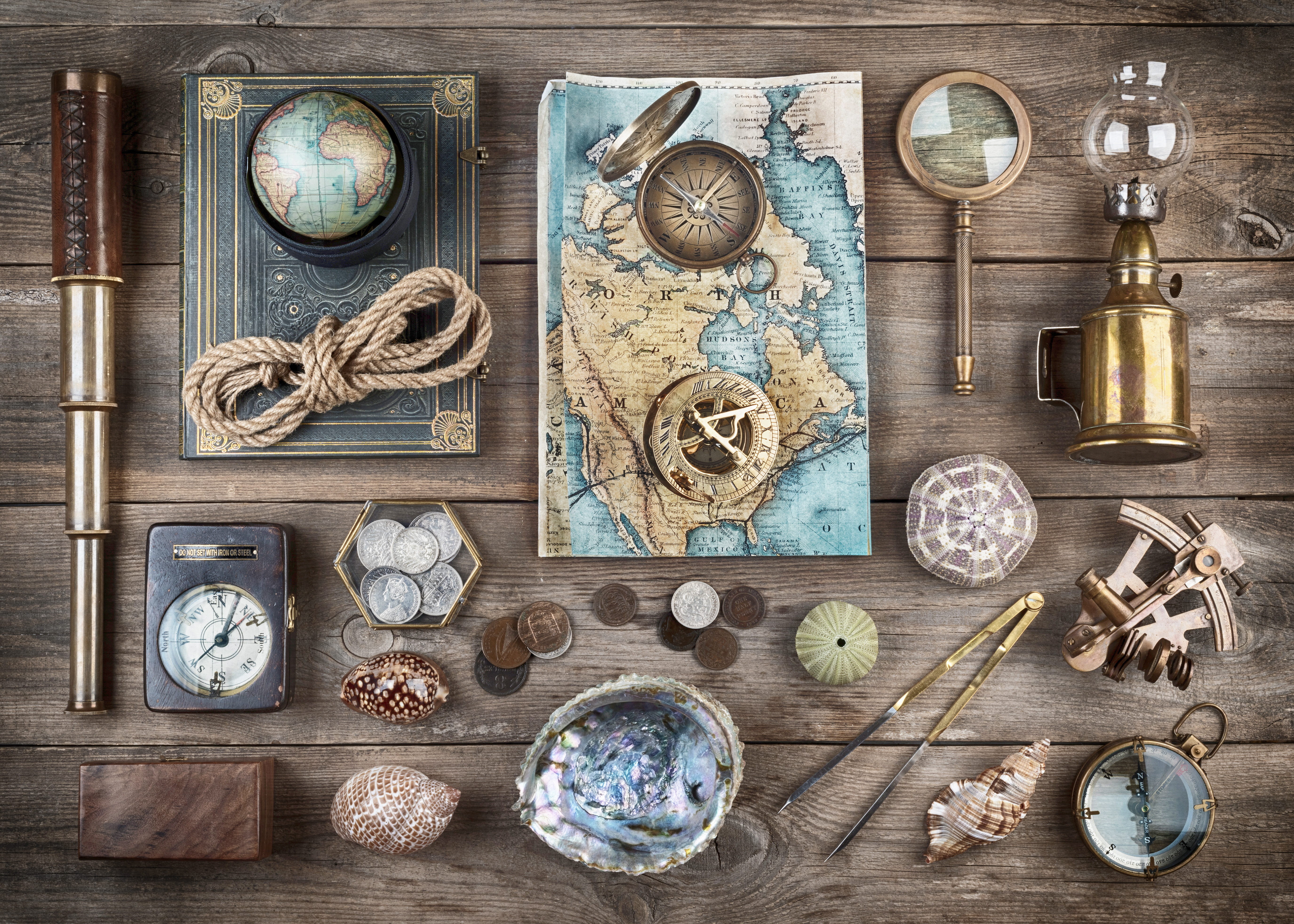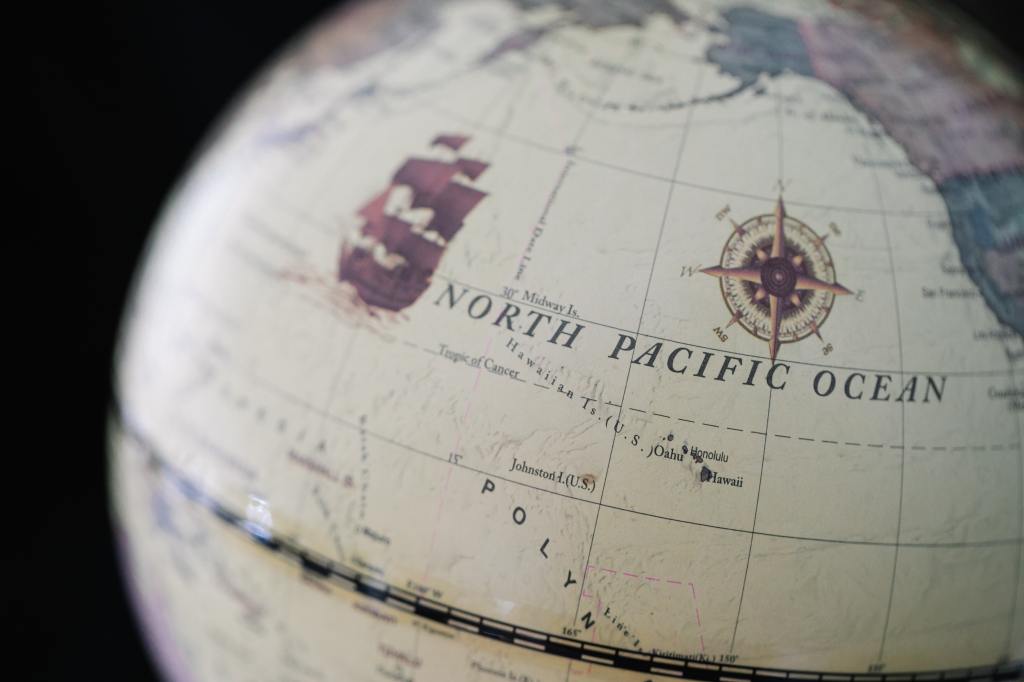
What to Know about Collecting Antique Nautical Instruments

What to Know about Collecting Antique Nautical Instruments
The Rich History of Nautical Exploration
The exploration of the seas has been a monumental chapter in the story of human progress, with sailing playing a central role in the age of discovery. Ships, a testament to maritime engineering, have traversed the boundless oceans, enabling voyages that have expanded our maps and enriched our understanding of the world. Each voyage embarked upon not only tested the limits of human endurance and ingenuity but also contributed significantly to our pool of knowledge. The quest for discovery, driven by an innate curiosity and the desire to connect with distant lands, has long propelled humanity forward, weaving a rich narrative of adventure, challenge, and enlightenment.
The antique nautical instruments history is a testament to human ingenuity and the pursuit of understanding our world and its many mysteries.

Unveiling the World of Antique Nautical Instruments
Nautical history is deeply intertwined with the sea, as humanity’s quest to explore unknown waters led to developing specialized ships and navigational tools. One of the most significant inventions in this journey was the compass, a pivotal instrument that allowed sailors to find their way across vast and treacherous seas. This tool, alongside the innovation of ship design, has played a crucial role in shaping maritime exploration and defining our understanding of the world’s oceans.
Antique Nautical Instruments
Tools like sextants and compasses were lifelines for sailors and mariners navigating the unpredictable and often dangerous seas for many decades. Alongside these, other artifacts and accessories such as paintings and art, charts, model ships, detailed maps and globes, ornate mastheads and figureheads, hourglasses and clocks, and telescopes contribute to the narrative of maritime history. Each piece holds a tale of a voyage, echoing the spirit of exploration that has defined our early relationship with the sea throughout the ages.

Condition and Valuation: The Insurer’s Perspective
When assessing the insurance value of antique scientific instruments, it’s crucial to understand that their condition plays a significant role. An instrument that has been well maintained and preserved in its original state is likely to have a higher valuation than one that has suffered from neglect or improper care.
Antique Valuation
Factors such as the presence of original parts, the extent of restoration needed, and the overall functional state of the instrument are taken into account during the valuation process. This meticulous process ensures that the insurance value reflects the true worth of the antique, safeguarding the owner’s investment in the event of damage or loss.

Rarity and Age: Factors Influencing Value
Understanding the value of nautical antiques involves diving deep into key factors: rarity and age. These elements are pivotal in determining their market value, setting them apart from other collectibles.
Rarity & Age
Rarity comes into play as it reflects these items’ unique nature and limited availability, often tied to historical maritime events or eras of significant innovation in seafaring. Age also adds to this value by providing a tangible connection to the past, offering insight into the evolution of sailing. In some cases, an antique in working condition might increase the value. Together, these attributes make nautical antiques sought after by collectors and enthusiasts.
Market Value
When it comes to antique nautical and scientific instruments, it’s essential to understand the market value to make informed decisions. Several factors can influence your success, whether you’re looking to expand your collection or sell an item.
The market value of collecting and selling these antiques is relatively low. It’s not the most lucrative collectible to pursue, but experts recommend collecting for the joy of it, especially if you plan on keeping the accessories for a long time. If you’re searching for rare items, the most valuable pieces are often accessories from ships with historical notoriety. You might find valuable pieces for a reasonable cost. Additionally, sailing directions, letters, diaries, photographs, and documents can hold value, particularly if they’re tied to a historical figure or event.
If you need advice on buying or selling, it’s best to consult a reputable dealer. However, luck can also play a significant role in finding valuable items. Lowering your expectations is important, particularly if TV shows have influenced you.

Ensuring Proper Protection for Your Maritime Collectibles
When safeguarding your valuable maritime antiques, it’s essential to focus on three main areas: storage, maintenance tools, and insurance.
Finding the proper storage is crucial to prevent damage from environmental factors. This means keeping your items in a climate-controlled environment to avoid rust and wood warping. Equally important is having the right maintenance tools on hand. Proper care ensures that your collectibles stay pristine, which might involve specific polishes for metal and leather or oils for woods commonly found in maritime artifacts. Lastly, securing comprehensive insurance coverage is a must. This protection will give you peace of mind, knowing your collectibles are financially safeguarded against loss, theft, or accidental damage.
By prioritizing these aspects, you can enjoy your antiques for many years.

FAQ Section
What are antique nautical instruments?
Antique nautical instruments include tools used in maritime navigation and exploration, such as compasses, sextants, and ship logs.
How is the value of an antique nautical instrument determined?
The value is influenced by its condition, rarity, historical significance, and provenance.
Why is it important to insure antique nautical instruments?
Due to their historical significance and potential high value, insuring these items protects against loss or damage.
Can the condition of my nautical antique affect its insurance value?
Yes, the condition plays a significant role in determining its insurance value, with well-preserved pieces being more valuable.
Where can I get my antique nautical instrument appraised?
Professional appraisal services specializing in maritime antiques can provide accurate valuations.
Sources
https://replogleglobes.com/blog/history-of-navigation-old-navigational-instruments-and-how-they-were-used/
http://theantiquesalmanac.com/collectingnauticalantiques.htm
https://www.nauticapedia.ca/Articles/Collecting_Nautical_Antiques.php
https://www.desertsun.com/story/life/2021/04/17/antiques-treasures-sea/7227934002/
https://www.valuemystuff.com/us/blog/how-to-value-maritime-and-nautical
https://www.globe-antique.com/
About Collectibles Insurance Services
Collectibles Insurance Services has been protecting collections since 1966 and all coverage is provided by a carrier with a group rating of “A” (Excellent) by AM Best, the leading rating agency for the insurance industry.
Comprehensive coverage includes, but is not limited to: accidental breakage, burglary, fire, flood, loss in the mail, theft, natural disasters, and other causes of loss unless specifically excluded from the policy. Deductibles start at $0 for collector policies and we provide coverage for the market value of your collection for losses in excess of $50.
Additionally the protection extends At home and away, and we don't require collection itemization and serial number nor extensive paperwork and red tape.
